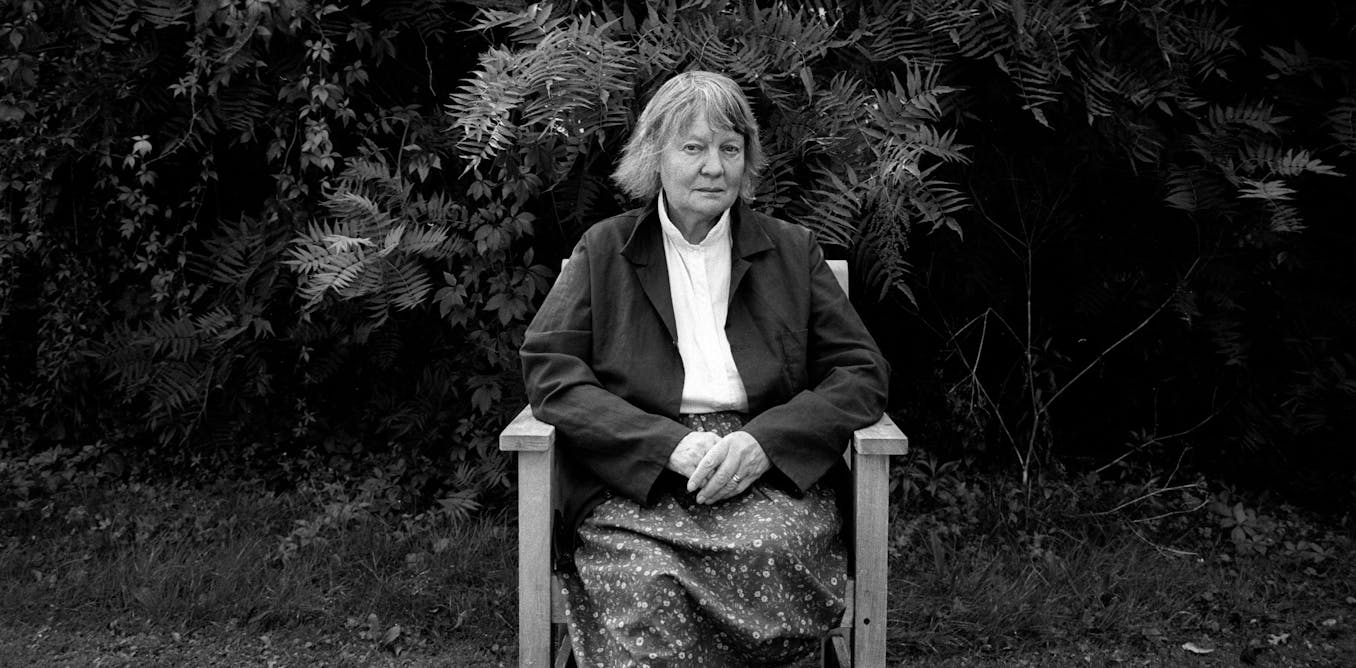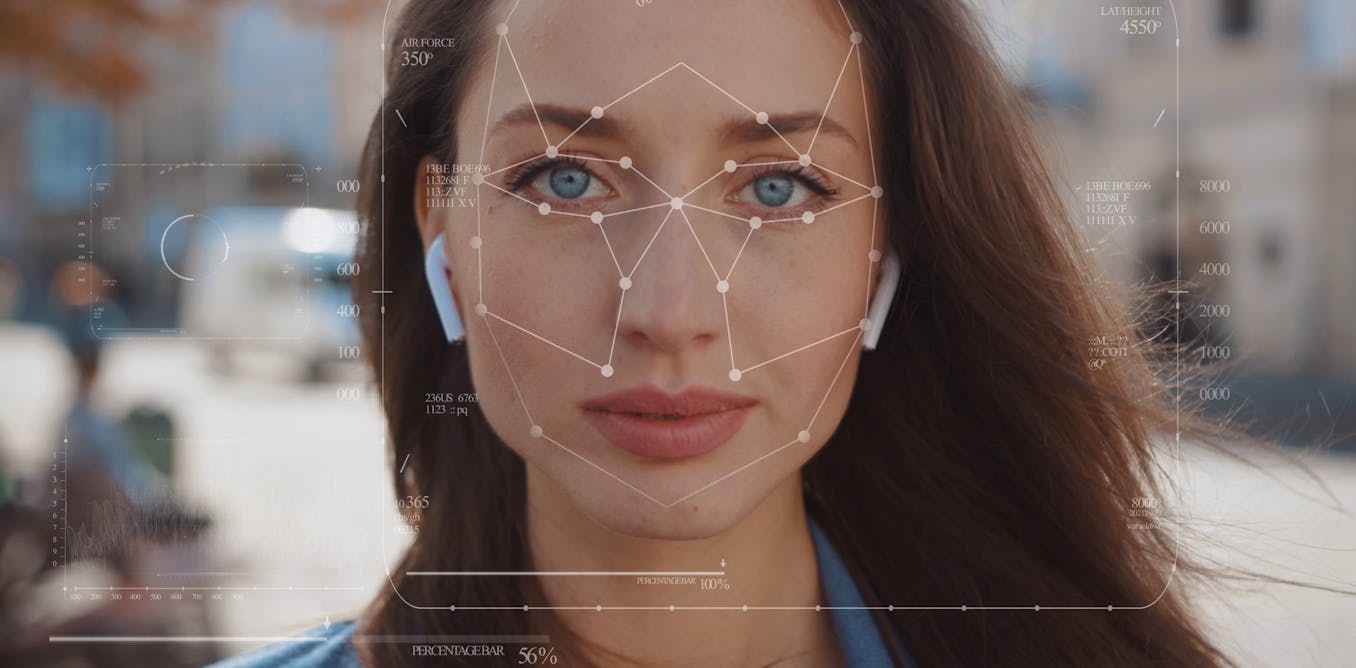The real risks of psychedelics, explained by an expert | Dr. Matthew Johnson
In a recent video, Dr. Matthew Johnson, a professor of psychiatry and behavioral sciences at Johns Hopkins, discusses the real risks of psychedelics and how they compare to other psychoactive compounds. He emphasizes that every medical intervention and psychoactive compound comes with risks, and the key question is understanding and minimizing those risks.
When comparing the harms of different substances, it is clear that compounds like tobacco and alcohol rank at the top, while psilocybin mushrooms and LSD are at the bottom in terms of harm to oneself and others. Dr. Johnson points out that psychedelics are physically safe, and there is no known lethal overdose amount for these substances. Furthermore, classic psychedelics like psilocybin and LSD are not addictive.
Dr. Johnson also addresses some of the common misconceptions and overstatements about the dangers of psychedelics. He explains that while there are real dangers, they are far less prevalent than the harms caused by other compounds. He also discusses the importance of having a ‘sober guide’ and a safe environment when using psychedelics to minimize risks.
Overall, Dr. Johnson emphasizes that while there are real dangers associated with psychedelics, they hold promise in understanding and preventing mental disorders. He notes that with the right approach and knowledge, the risks of using psychedelics can be mitigated, and they can potentially help individuals achieve mental health.
Watch the video by Big Think
– So some critique over, you know, the use of psychedelics as medical treatments is that they’re particularly dangerous. Now I want to be clear: every medical intervention and every psychoactive compound has risks. The key question is: What are those risks, and what can we do to minimize those risks?
In the big picture, the harms you see from psychedelics- even though they’re real and we know what they are- the prevalence of these dangers pale in comparison to other psychoactive substances, both illegal and legal substances. So numerous scientific investigations have had experts rank order the harms to the user
And the harms to society in general across a wide variety of compounds, legal and illegal- and what’s happened time and time again when people bring objective data to these questions, is you see at the top of the list, it really bears little relationship at all to legal status.
So, at the top of that dangers list you’ll get compounds like tobacco and alcohol consistently. At the far other end of that continuum are psilocybin mushrooms ranked as the lowest amongst all the major psychoactive compounds in terms of harm to self and harm to others.
And LSD is in a very similar position relative to other psychoactive substances. Psychedelics are really freakishly physically safe. For most people, there’s no known lethal overdose amount for psilocybin or for LSD. The ways that you take too much of a drug and they do you in, none of that stuff happens.
One of the amazing things about the “classic psychedelics,” like psilocybin and LSD, is that they’re not addictive. They can be abused, meaning they can be used in a dangerous way to the person, but they’re not addictive. No one’s jonesing for their next shroom fix.
So, we know a lot about these risks of psychedelics, and one of the major factors that we know that separates riskier use from less risky use is the presence of a ‘sober guide.’ The more it looks like the clinical research where the person is not alone, they’re with someone they trust,
There is control over the dose, and it’s gonna be in a safe environment where they’re not worried about making sure no one assaults them or steals their wallet, the less likely that they’re going to run into pitfalls. There were a lot of overstatements and urban legends about the dangers of psychedelics.
Things like, you know, that it was common for teenagers to stare into the sun and burn their eyes blind because they were on LSD. There’s no credible evidence that ever happened. Also, certainly, the bad trip is a real phenomenon. It’s relatively rare, but sometimes people have accidents,
And sometimes people die when they’re having a bad trip, and they panic and they fall from a height or they wander into traffic- these things have happened. But, you know, some of the research from the 1950s through early 70s, they gave a giant dose of LSD to someone
And then locked them in a padded room. One of the trials looking to see if LSD could help people with alcoholism, they literally tied people down in restraints to their hospital bed gave them a massive dose of LSD, 800 micrograms, and they didn’t give them any warning that like, you know
That they took this substance that would profoundly alter their conscious experience. So, we’ve figured out a lot since then with that sort of research. Those are the conditions under which when you do get experiences that look more like psychosis: you treat the person like they’re gonna go crazy
And a lot of times, at least temporarily, they feel like they’re going crazy. However, if the person is in a safe environment, the drug will wear off and they’ll be fine. I’m not encouraging it, but you know, there were a lot of overstatements, and so I think psychedelics big picture
Can help us move towards a world where we start to understand what it takes for the human being to be mentally healthy. What can we do in the spirit of prevention? It holds a lot of promise in helping us figure out what the nature of mental disorders are,
And also how to prevent those disorders. That’s not to say that there aren’t dangers. There are very real dangers with psychedelics, but we know what they are, and in the grand scheme of things, they’re just far less prevalent than the harms we see from some of these other compounds out there.
– Get smarter, faster with videos from the world’s biggest thinkers. And to learn even more from the world’s biggest thinkers, get Big Think+ for your business.
Author Video Description
The real risks of psychedelics, explained by Johns Hopkins professor Dr. Matthew Johnson.
Subscribe to Big Think on YouTube ► https://www.youtube.com/channel/UCvQECJukTDE2i6aCoMnS-Vg?sub_confirmation=1
Up next, Psychedelics: The scientific renaissance of mind-altering drugs
► https://youtu.be/5T0LmbWROKY
A pattern emerges when you compare the harmfulness of different types of psychoactive drugs: alcohol and hard drugs like heroin and crack cocaine rank as the most harmful, while psychedelic substances like psilocybin and LSD score as the least harmful.
It’s perhaps not too surprising. After all, psychedelic substances are generally non-toxic and medically safe to consume. The drugs do not come with the same kind of overdose risks that substances like alcohol and heroin do.
Still, psychedelics can have profound effects on the psyche. Bad trips are a real phenomenon. But bad trips are sometimes the result of an interplay between the drugs and the user’s environment. As explained by Dr. Matthew W. Johnson, a professor of psychiatry and behavioral sciences at Johns Hopkins, the conditions under which someone experiences psychedelics can significantly influence the trip — for the worse or the better.
Read the video transcript ► https://bigthink.com/series/devils-advocate/are-psychedelics-dangerous/
———————————————————————————-
About Matthew Johnson:
Matthew W. Johnson, Ph.D., is The Susan Hill Ward Endowed Professor of Psychedelics and Consciousness Research at Johns Hopkins. Working with psychedelics since 2004, he is one of the world’s most widely published experts on psychedelics. He has published research on psychedelics and mystical experience, personality change, tobacco smoking cessation, cancer distress treatment, and depression treatment. In 2021 he received as principal investigator the first grant in 50 years from the US government for a treatment study with a classic psychedelic, specifically psilocybin in treatment of tobacco addiction. He is also known for his expertise in behavioral economics, addiction, sexual risk behavior, and research with a wide variety of drug classes. He’s been Interviewed by Anderson Cooper on 60 Minutes, the New York Times, the Washington Post, the Wall Street Journal, CNN, NPR, Fox News, Fox Business News, BBC and in Michael Pollan’s book How to Change Your Mind.
———————————————————————————-
Read more of our stories on psychedelics:
AI maps psychedelic “trip” experiences to regions of the brain – opening new route to psychiatric treatments
► https://bigthink.com/health/ai-maps-psychedelic-trip-in-brain/
Psychedelic drugs: how to tell good research from bad
► https://bigthink.com/health/psychedelic-drugs-research/
Metaphysics and mushrooms: Psychedelics can change how you think about the universe
► https://bigthink.com/neuropsych/psychedelics-mushrooms-metaphysics/
———————————————————————————-
About Big Think | Smarter Faster™
► Big Think
The leading source of expert-driven, educational content. With thousands of videos, featuring experts ranging from Bill Clinton to Bill Nye, Big Think helps you get smarter, faster by exploring the big ideas and core skills that define knowledge in the 21st century.
► Big Think+
Make your business smarter, faster: https://bigthink.com/plus/
———————————————————————————-
Want more Big Think?
► Daily editorial features: https://bigthink.com/popular/
► Get the best of Big Think right to your inbox: https://bigthink.com/st/newsletter
► Facebook: https://bigth.ink/facebook
► Instagram: https://bigth.ink/Instagram
► Twitter: https://bigth.ink/twitter
About Big Think
Big Think is the leading source of expert-driven, actionable, educational content — with thousands of videos, featuring experts ranging from Bill Clinton to Bill Nye, we help you get smarter, faster. Get actionable lessons from the world’s greatest thinkers & doers. Our experts are either disrupting or leading their respective fields.
Video “The real risks of psychedelics, explained by an expert | Dr. Matthew Johnson” was uploaded on 12/02/2022 to Youtube Channel Big Think


































